Living History is a new series showcasing just a small assortment of the more than 350,000 items housed at The Salvation Army Heritage Centre in Toronto. This month, we are spotlighting the centre’s collection of bonnets.
The Heritage Centre’s collection features approximately 150 bonnets in several different styles, including the coal scuttle bonnet pictured above, as well as some bonnet blocks, which were used to make the hats.
The original bonnet was devised by co-Founder Catherine Booth herself, and was first worn in 1880. The bonnets were made from straw and silk and stiffened with gelatine. Once blocked, the bonnet was varnished and polished, shielding the wearer from rain, snow, sun, and even the occasional projectile. In the Army’s early days, bonnets served the very practical purpose of protecting Salvationists from things that were thrown at them.
While women officers and soldiers are no longer required to wear bonnets as part of their official uniform, a felt bowler-style hat is sometimes still worn for outdoor occasions, such as open-air meetings and marches of witness.
SALVATION ARMY BONNETS: THEN AND NOW
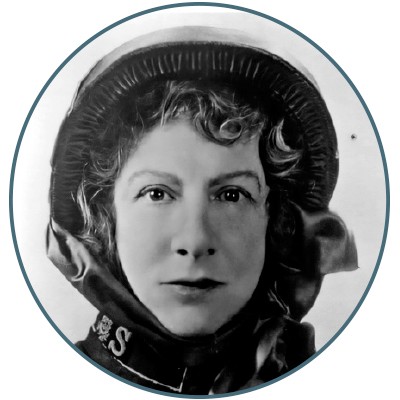
HALLELUJAH BONNET: Evangeline Booth wearing a Salvation Army bonnet, which was in use in 1900
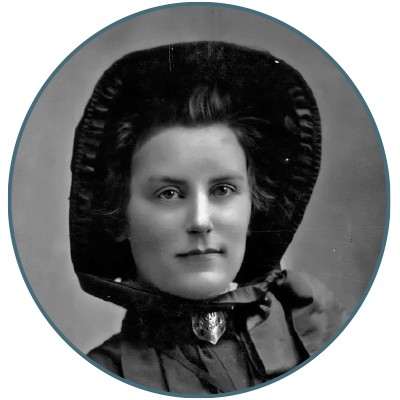
LARGE-BRIM BONNET: Early bonnets were sometimes individualized, reflecting the wearer’s personal style
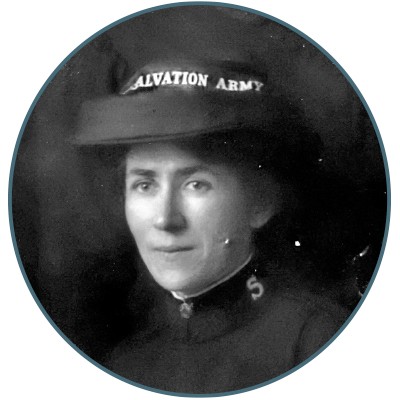
COAL SCUTTLE BONNET: A red ribbon with “The Salvation Army” written in gold was added in 1884
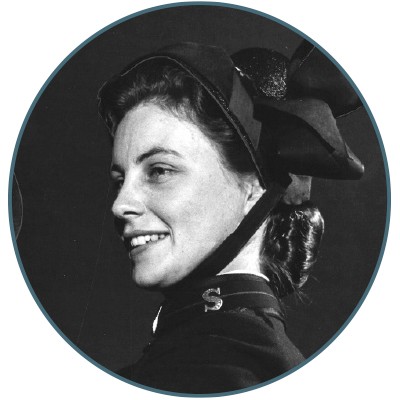
MODERN-STYLE BONNET: As time went on, the bonnets became smaller
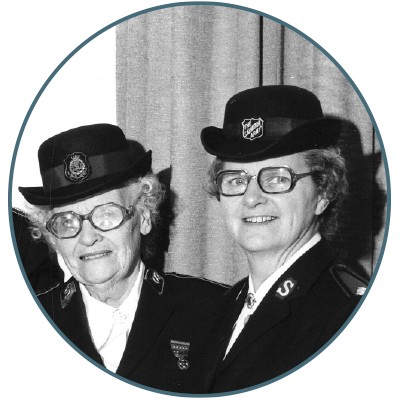
FELT BOWLER-STYLE HAT: This hat was introduced in 1971, along with the open-collar uniform
Photos: The Archives of The Salvation Army Canada and Bermuda Territory, Camilo Mejia
This story is from:




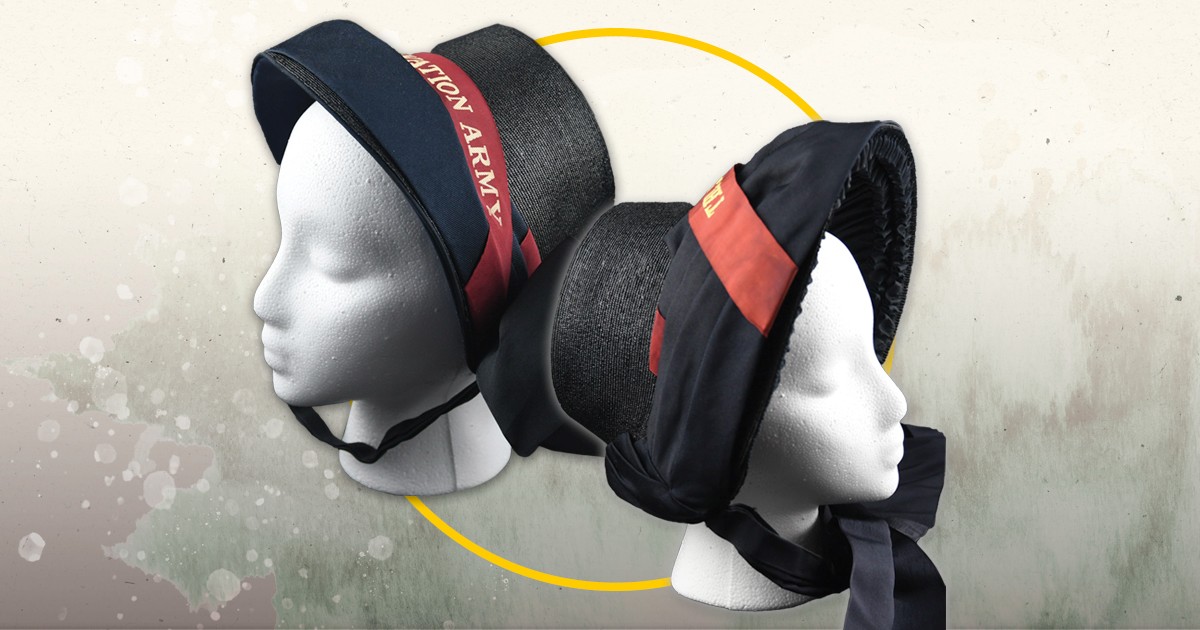
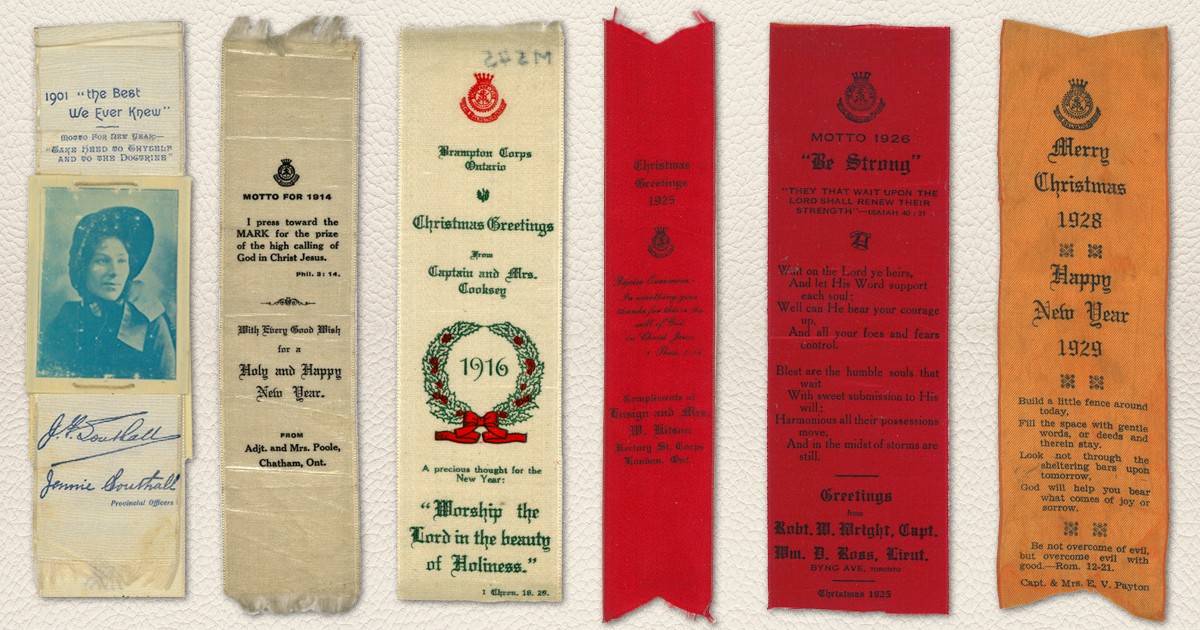
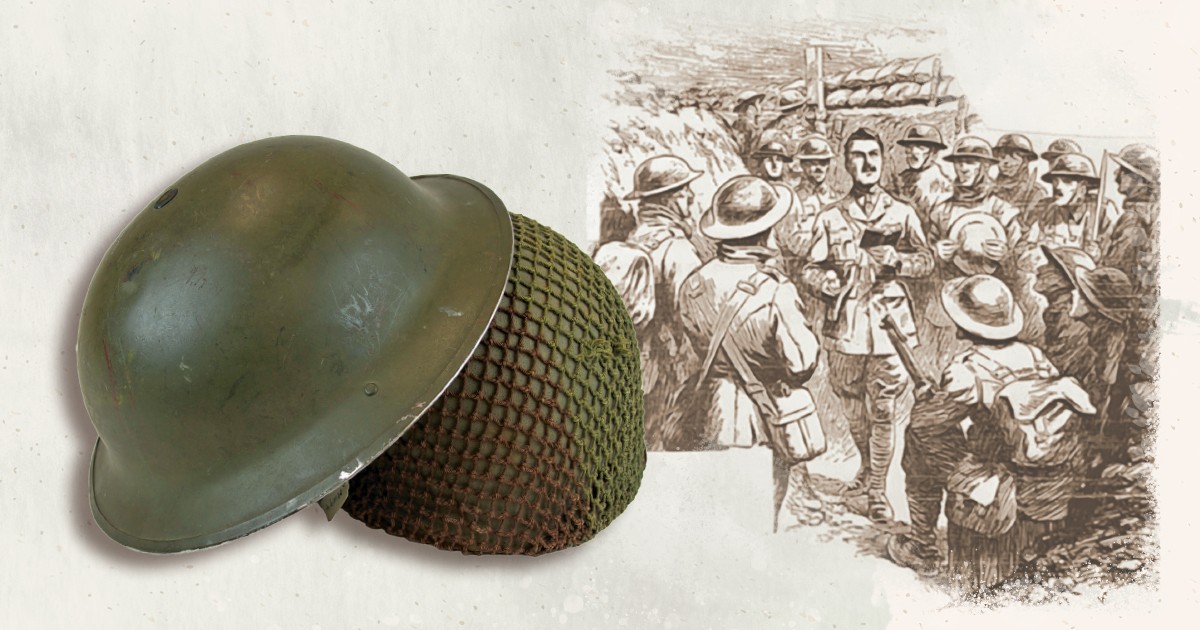
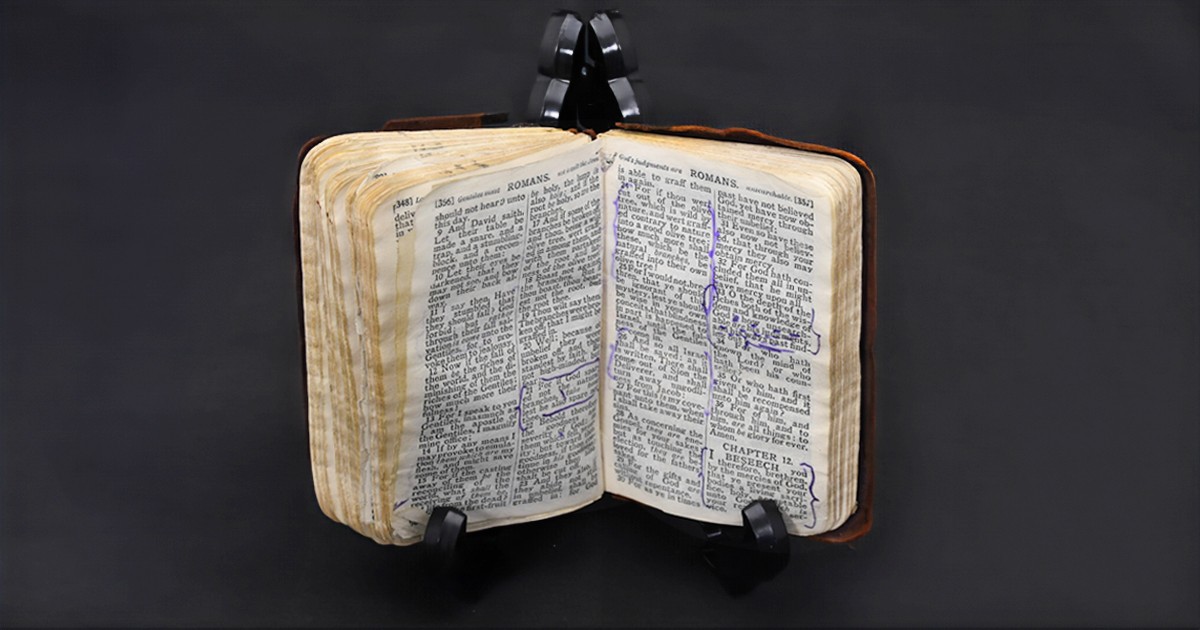


Thanks for that update!